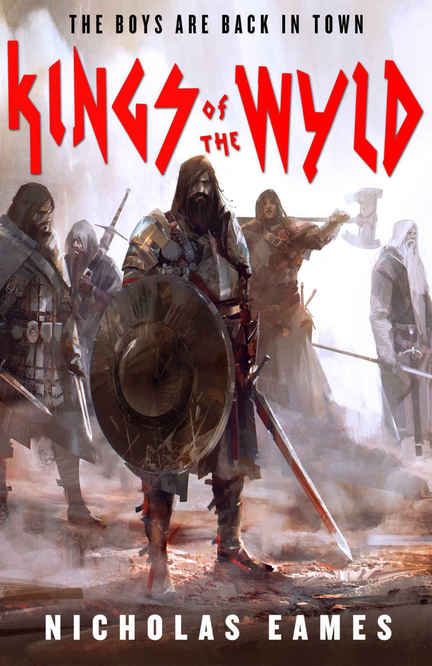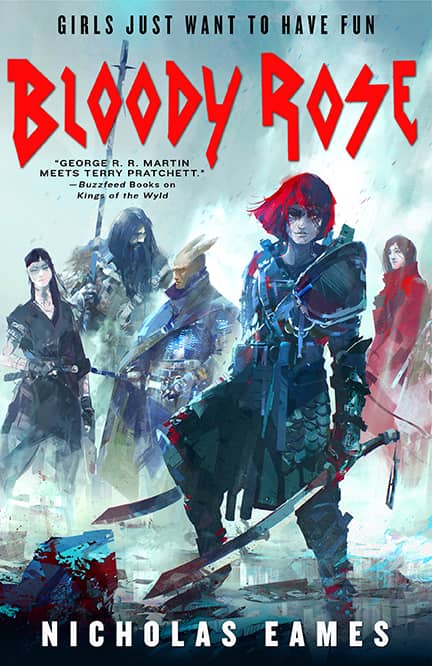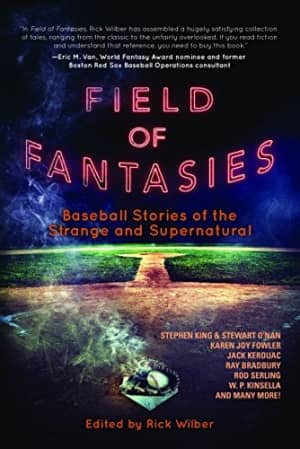Goth Chick News: YouTube Takes the Virtual Ruler to The Nun…
As we all know, there is no such thing as bad press. But in the world of horror, “bad” press is actually the best possible press you can get. Remember when several stores pulled the 90’s PC game Phantasmagoria off their shelves due to the violence? And suddenly if you had a copy you were the most popular kid on the block?
I do.
Earlier this week, a YouTube ad for Corin Hardy’s The Nun got a lot of people talking, mostly because it scared the crap out of them. In case you haven’t been following the plotline, The Nun is a spin off from The Conjuring 2, which itself is the fifth installment in The Conjuring series. Based on a story from James Wan, chief architect of the franchise, The Nun will be the chronological starting point for the entire shared universe, telling an origin story of sorts for a recurring villain, the ghoulish nun Valak.
And by the way, Valak isn’t and never has been a nun. According to the demon conjurer’s go-to guide, The Lesser Key of Solomon, a 17th century grimoire that acts a kind of Yellowpages of Hell, Valak (or Ualac, Valac, Valax, Valu, Valic, Volac) is none other than the Great President of Hell. Often depicted as riding a two-headed dragon and commanding 30 legions of demons, he takes on the visage of a small child with wings, which if you ask me, would have been way more terrifying than a nun in corpse paint. Hopefully The Nun will explain why a big cheese in the demon world has decided to take on the persona of early Marilyn Manson.
Anyway, back to the video.
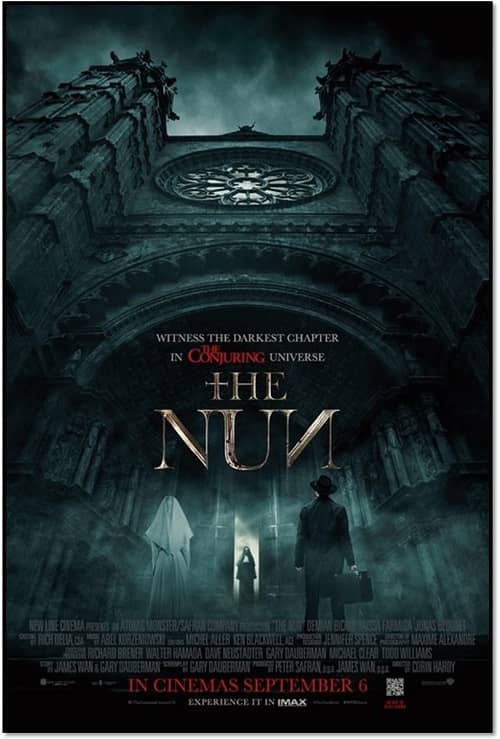
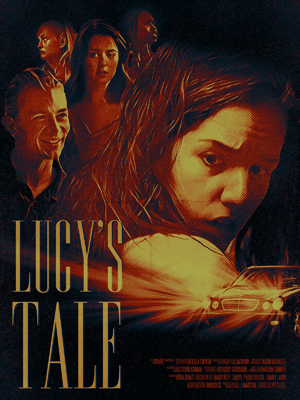 The third and last screening I saw on Saturday, July 21, was a selection of short films: the 2018 Born of Woman Showcase, presenting short genre works by women filmmakers. This year saw nine movies from eight countries.
The third and last screening I saw on Saturday, July 21, was a selection of short films: the 2018 Born of Woman Showcase, presenting short genre works by women filmmakers. This year saw nine movies from eight countries.
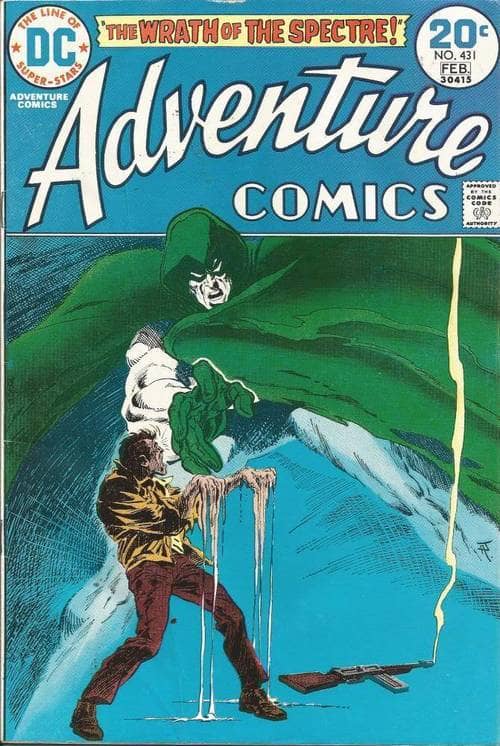
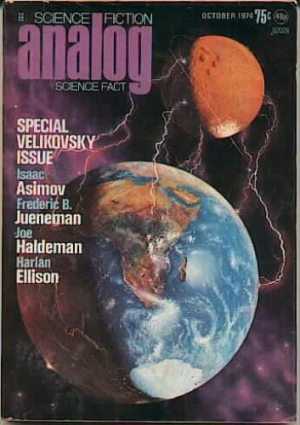
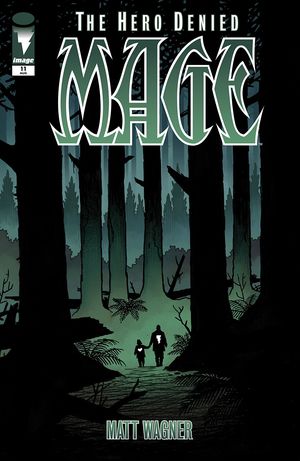
 I had three screenings I planned to attend at Fantasia on Saturday, July 21. The last would be a showcase of short films, but the first two were features. The day would begin at the Hall Theatre with The Travelling Cat Chronicles, an adaptation of a Japanese novel about a cat and assorted humans. Then would come Da Hu Fa, a 3D animated film from China about a diminutive martial-arts master seeking a lost prince within a hidden valley.
I had three screenings I planned to attend at Fantasia on Saturday, July 21. The last would be a showcase of short films, but the first two were features. The day would begin at the Hall Theatre with The Travelling Cat Chronicles, an adaptation of a Japanese novel about a cat and assorted humans. Then would come Da Hu Fa, a 3D animated film from China about a diminutive martial-arts master seeking a lost prince within a hidden valley.